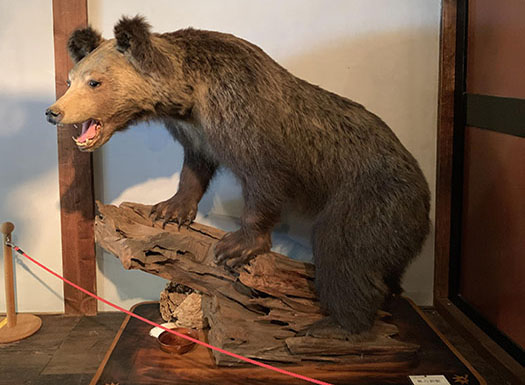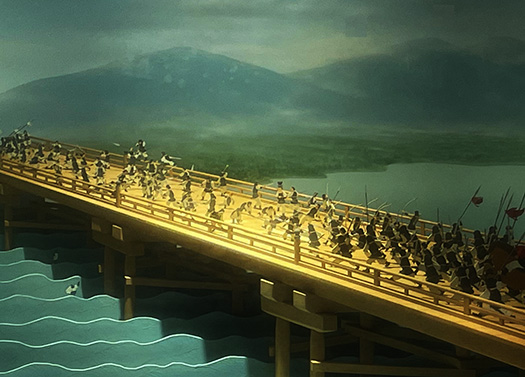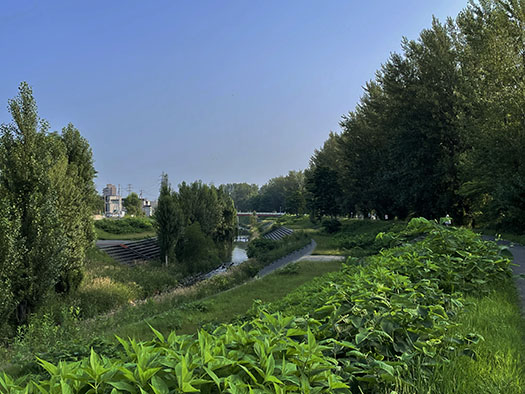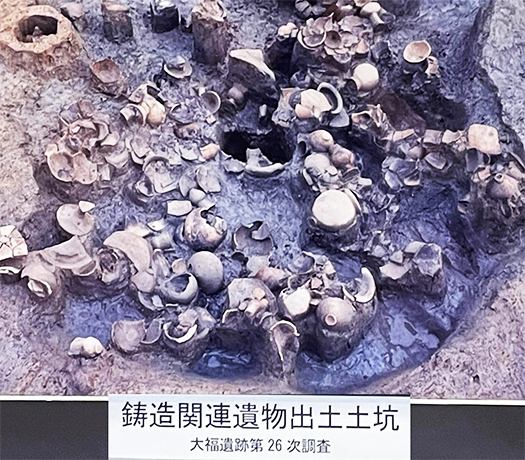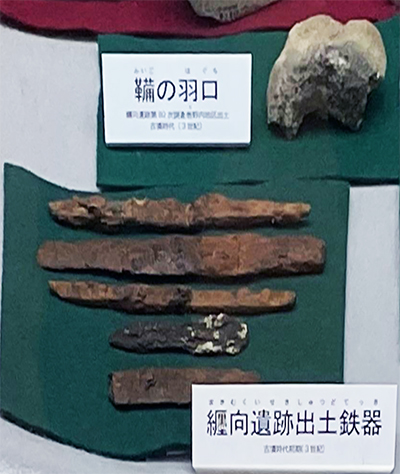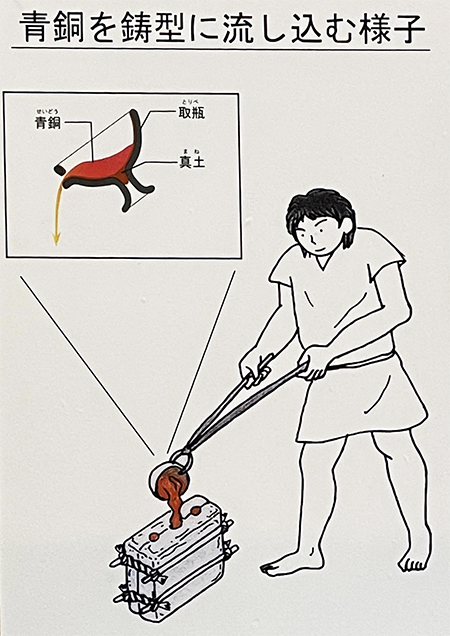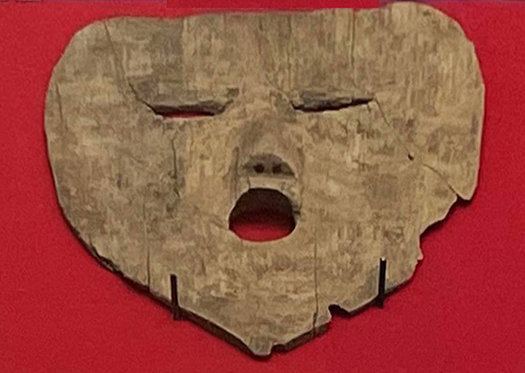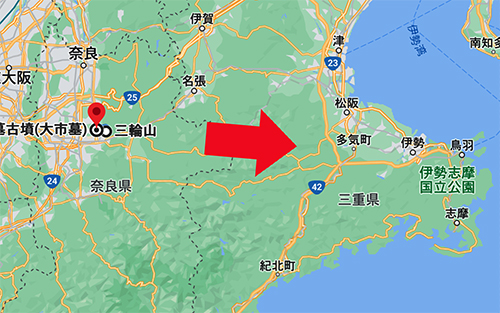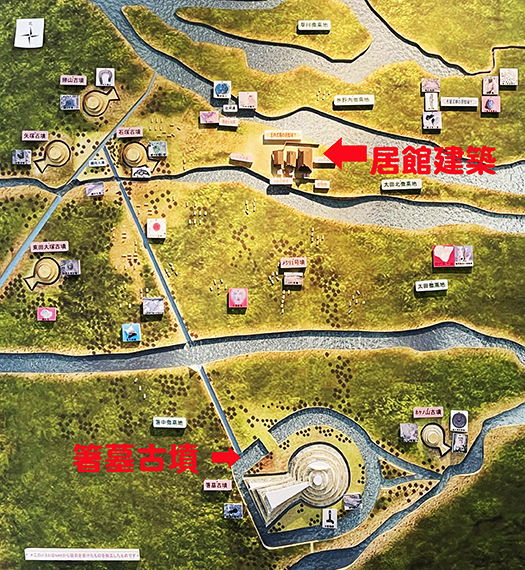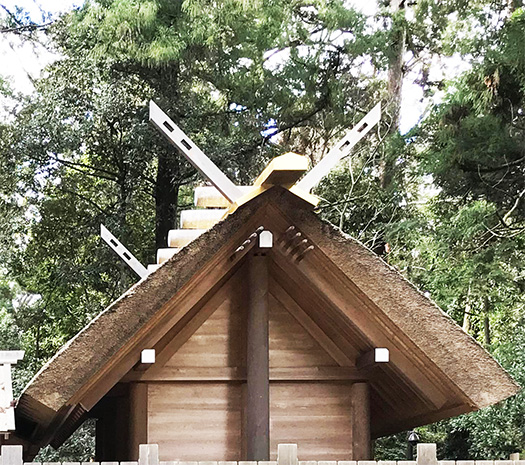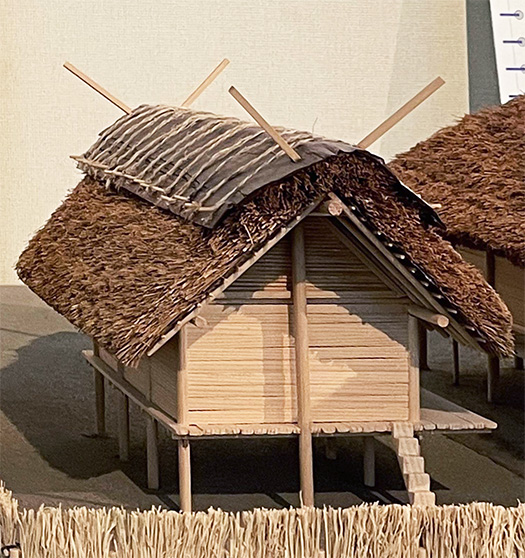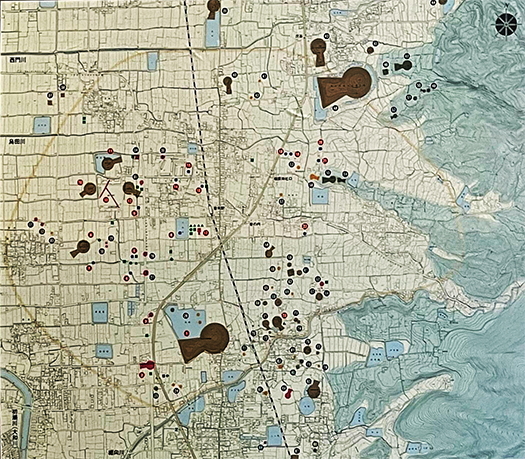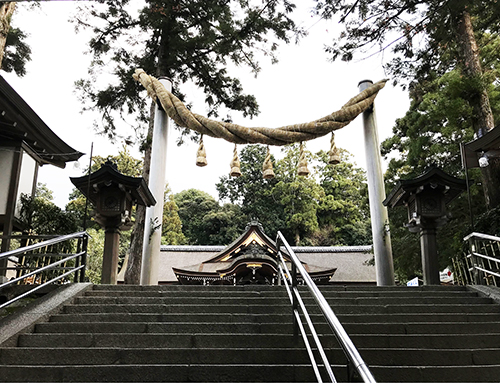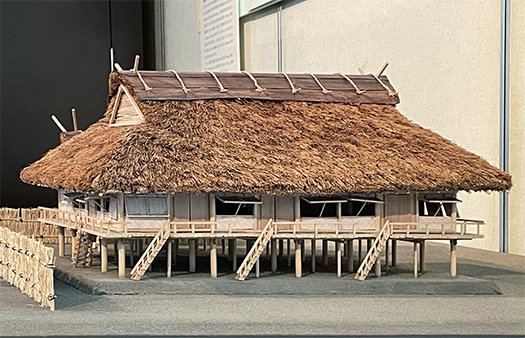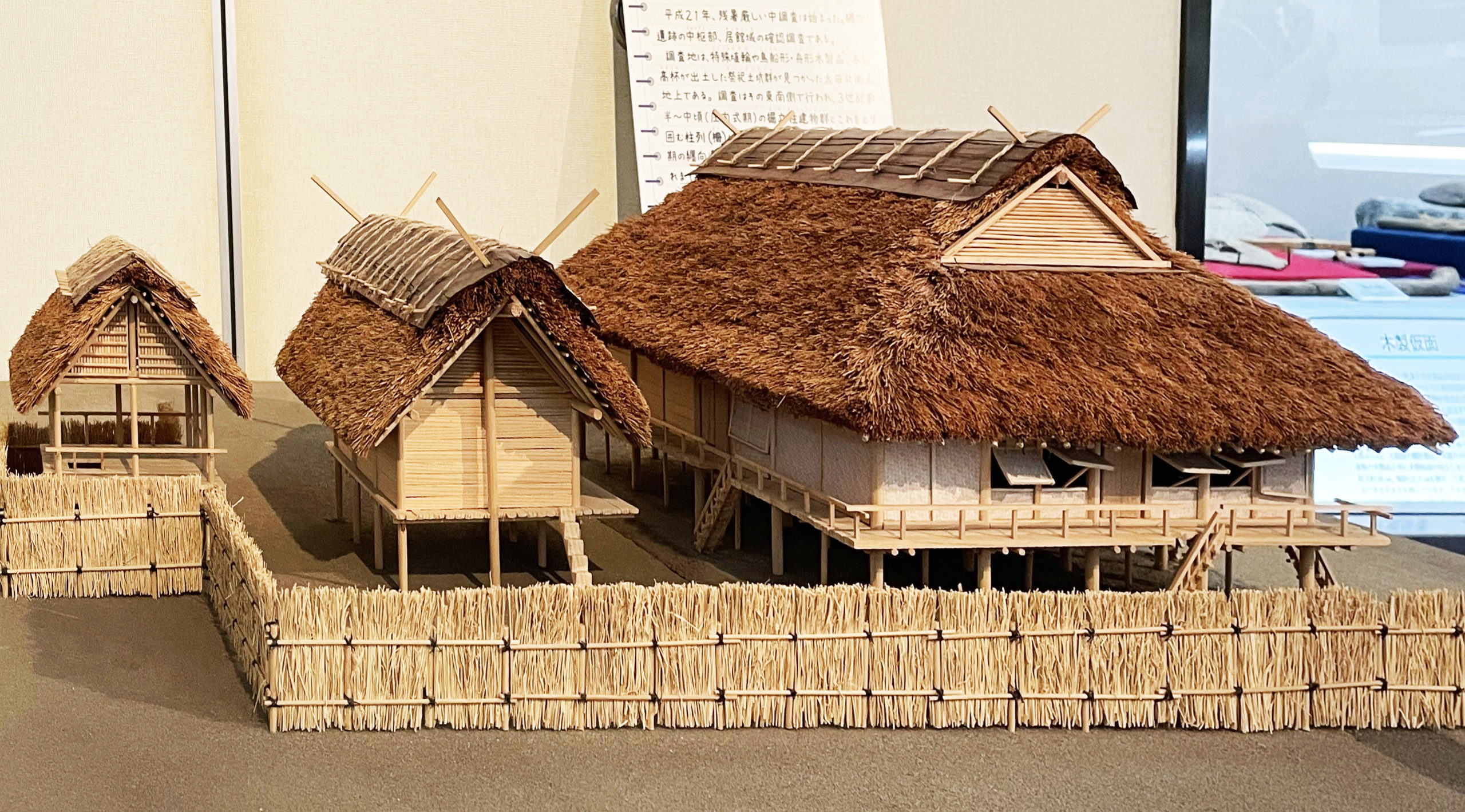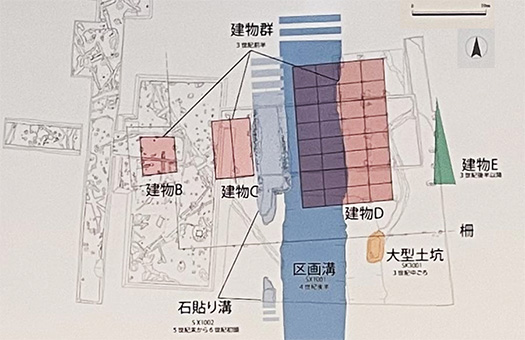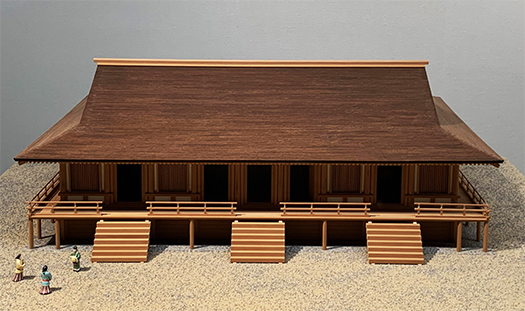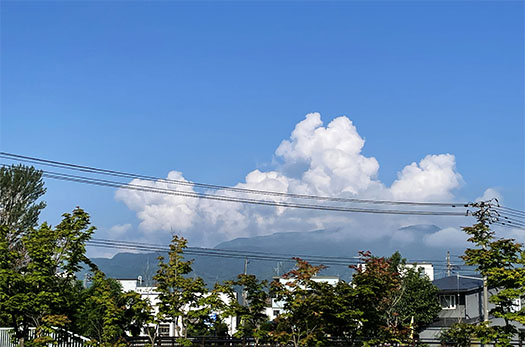
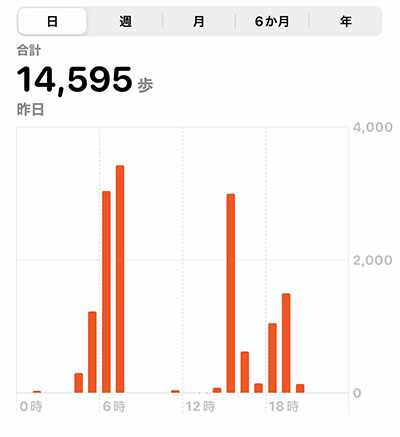
全国のみなさんに比べると平均で3-4度くらいは低温の札幌。
なんですが、ここのところはご多分に漏れず入道雲モクモク状況。
夏の短い北海道人としては、めったにない熱く重たい空気感が
ついついウレシク感じられる部分があって、
朝は「なるべく涼しい時間に」ということで散歩の歩数が伸びるし、
日中でも元気いっぱいに歩数が増えていく。
・・・そういう土曜日を過ごしていましたが
夕方帰宅してから、ひと休みにしていたらやや「疲れ目」の症状が出てきた。
ちょうどパソコンの機械チェック作業を複数台、
同時進行させていたので、帰宅後その確認などで画面に注意集中していた。
そういうことで身体の方から注意されたようでした。
まぁ年に1−2度くらいこういう疲労からのアラートがある。
「おいおい、オマエ歳をよく考えろよ」
みたいに注意信号を送ってくれるのではないかと、神妙にさせられる。
ということで、身体のほてりを押さえるように冷水にひたり、
安静を心がけて、症状はほどなく消えていった次第ですが、
落ち着いてから確認した「歩数」が下のスマホ画面ショット。
カミさんからは「1日10,000歩って歩きすぎ。やめた方がいいみたいよ」
とは言われていたのですが、その警告を大幅に無視していた。
・・・ということで、日曜日には早朝雨天もあり基本的に散歩ストップ。
クルマでの買い物外出以降は、静養に努めていました。
年齢相応に、よくわきまえて体調管理が必要ですね。養生訓。
さて、昨日は久しぶりにテレビとの接触時間が長かった(笑)。
その合間にWEBでのチェックも含めて、選挙結果チェック一色の日。
おおむね事前予測通りの結果だったと思います。
国民の選択・民意は明確に示された。
いわゆる内政の安定が大きく選択されたと言えるでしょう。
強化された政権基盤という資産が今後どのように活かされていくのか、
引き続き、注目していきたいと思います。
English version⬇
A lesson for those who are in need of medical care.
The energetic clouds overhead herald the arrival of midsummer in the northern part of Japan. The body alerts us to the outdoor-oriented summer fun. Eat eight portions of food at all times. …….
Compared to everyone else in Japan, Sapporo is on average 3-4 degrees cooler than the rest of the country.
But, as usual, the weather has been full of clouds.
As a Hokkaido native with a short summer, the hot and heavy air is a rare treat.
I am always happy to feel the hot and heavy air, which is rarely seen in Hokkaido.
In the morning, I try to walk as much as possible in the cooler time of the day, which increases the number of steps I take.
I also walk more in the daytime.
I was spending my Saturday like that.
However, when I came home in the evening and took a break, I started to feel a little “tired eyes”.
I had just been checking several computers at the same time.
I had been checking several computers at the same time, so after returning home, I had been concentrating my attention on the screen to check them.
It seemed that my body was warning me about this.
Well, once or twice a year, I get this kind of alert from fatigue.
It’s like, “Hey, hey, hey, you should think about your age.
I was mystified that my body would send me a warning signal like “Hey, hey, hey, hey!
So, I took a bath in cold water to suppress my hot flashes and rested.
I tried to rest, and the symptoms soon disappeared.
After I calmed down, I checked the “number of steps” on my smartphone screen.
My wife told me, “10,000 steps a day is too much walking. You should stop walking.
But I had ignored the warning to a great extent.
So on Sunday, I basically stopped walking, partly because of the early morning rain.
After going out for shopping by car, I tried to rest and recuperate.
I need to take good care of myself according to my age. A lesson in health care.
Yesterday, for the first time in a long time, I spent a lot of time in contact with the TV (laugh).
In between, I spent the day checking the election results, including on the Web.
I think the results were generally as predicted in advance.
I would say that the people’s choice, the will of the people, was clearly demonstrated.
I guess you could say that the so-called stability of domestic politics was highlighted to a great extent.
How will the strengthened government infrastructure be put to use in the future?
I would like to continue to pay close attention to this issue.
Posted on 7月 11th, 2022 by 三木 奎吾
Filed under: こちら発行人です | No Comments »


